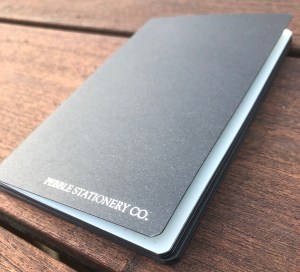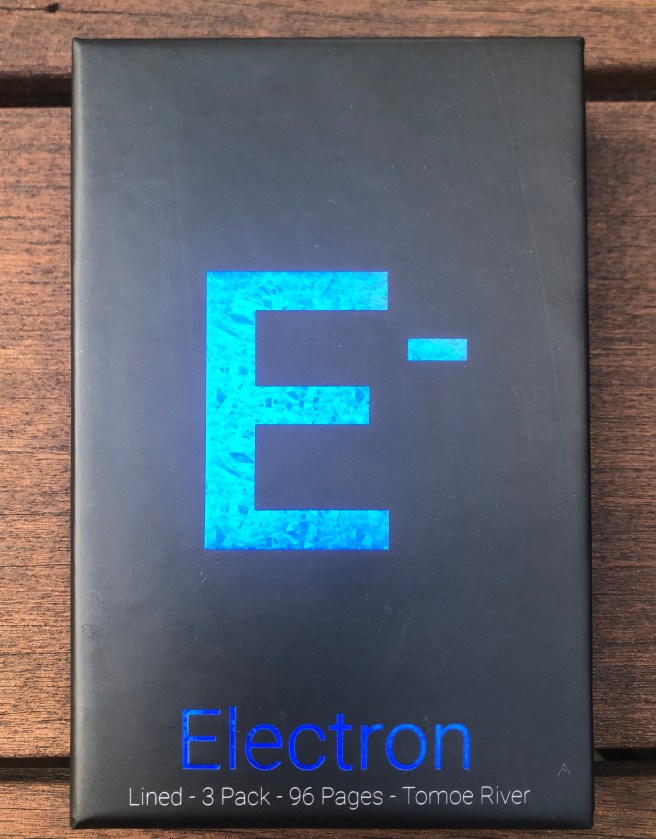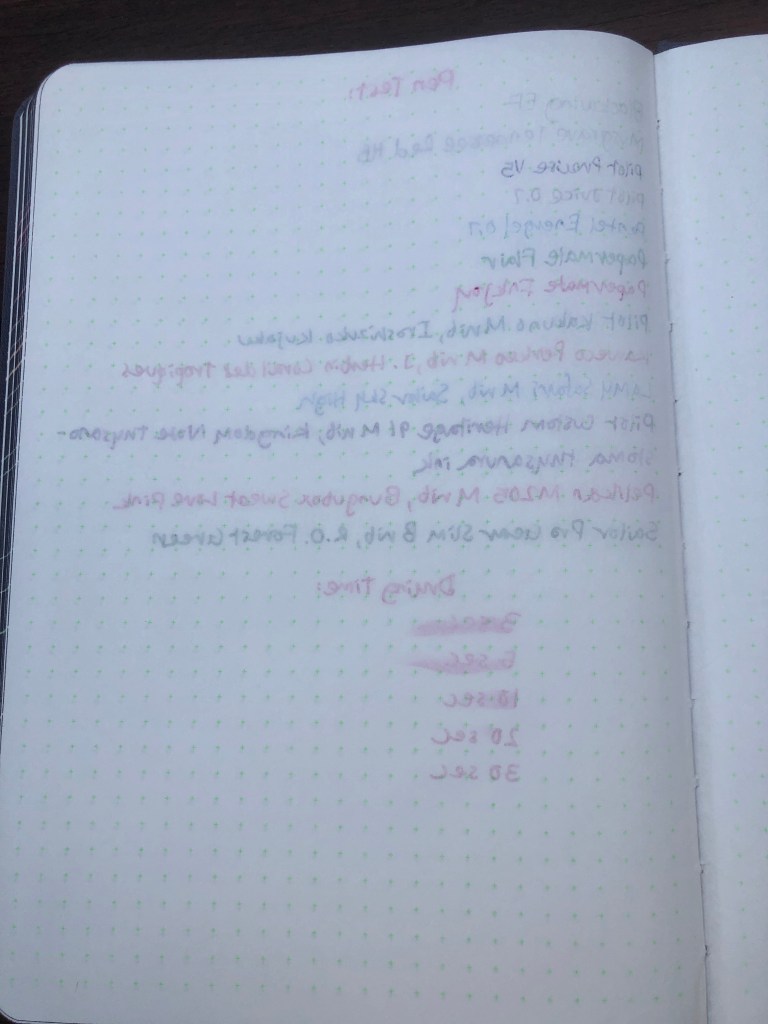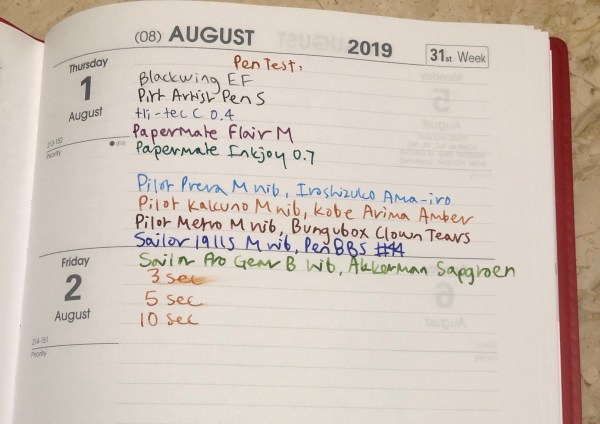It’s been almost two weeks since I attended the DC Pen Show! I had a great time, after 1.5 years without any fountain pen conventions or meetups. The last one I went to was the Baltimore Pen Show in early March 2020, right before COVID shut everything down. I expected the pen show to be less crowded, but the hotel was filled with people! It was nice to see the show so popular, but also made me nervous. I tried not to stay in one place for too long. I’m glad the DC Organizers required masks and encouraged visitors to be vaccinated. I also made the decision not to meet up with people at the bar afterwards, sorry! I really wanted to, but being maskless is still nerve-wracking to me.
I was sad not to see Brad with his stationery company Nock Co., or Ana working at the Vanness table! But there were still so many great companies there. My new favorite is Odyssey Notebooks, created only recently by Rainbow! I was fangirling over her celestial and mythology themed notebooks on Reddit and Instagram, so it was great to see her there. Her notebooks use the last of the Tomoe River 68gsm paper, with dot grid and numbered pages! There are also 160gsm notebooks perfect for bullet journaling. I was excited to see B5 size notebooks with TR paper, which I find to be very rare. Only my Good Inkpressions notebook is that size, but actually smaller. I will try to post a full review of the Odyssey Notebooks later.
One of my other favorite parts of the show is the Ink Testing Station. It consists of several tables filled with a rainbow of ink bottles, all from different brands. There are pieces of paper, dip pens, q-tips, cups of water, and paper towels available so anyone can test out the ink! I always bring my own dip pen and notebook to use. It’s a great way to try out new colors before buying them.
As for my haul, let me tell you all about it! I bought a Midori MD notebook for my mom, a Nanami A5 TR 68gsm notepad, a Nanami B6 notebook, two Odyssey Notebooks, one A5 and one B5, and Field Notes Snowy Evening. I only bought two pens, one a gorgeous Franklin Christoph 45 with a juicy medium nib and blue Diamondcast galaxy-like resin. The other was a TWSBI 580ALR Prussian Blue with a medium nib. I’ve had some issues with my TWSBI’s before, but this one works perfectly and holds 1.95ml of ink! I bought tons of ink, including the fun mythology-themed Laban Artemis and Aphrodite, as well as Taccia Navy Blue Jeans, Diamine Woodland Green, Sailor 123 for my friend, and Colorverse String (a replacement for KWZ Honey which I’m apparently allergic to). Finally, I got 11 washi tapes for $10.
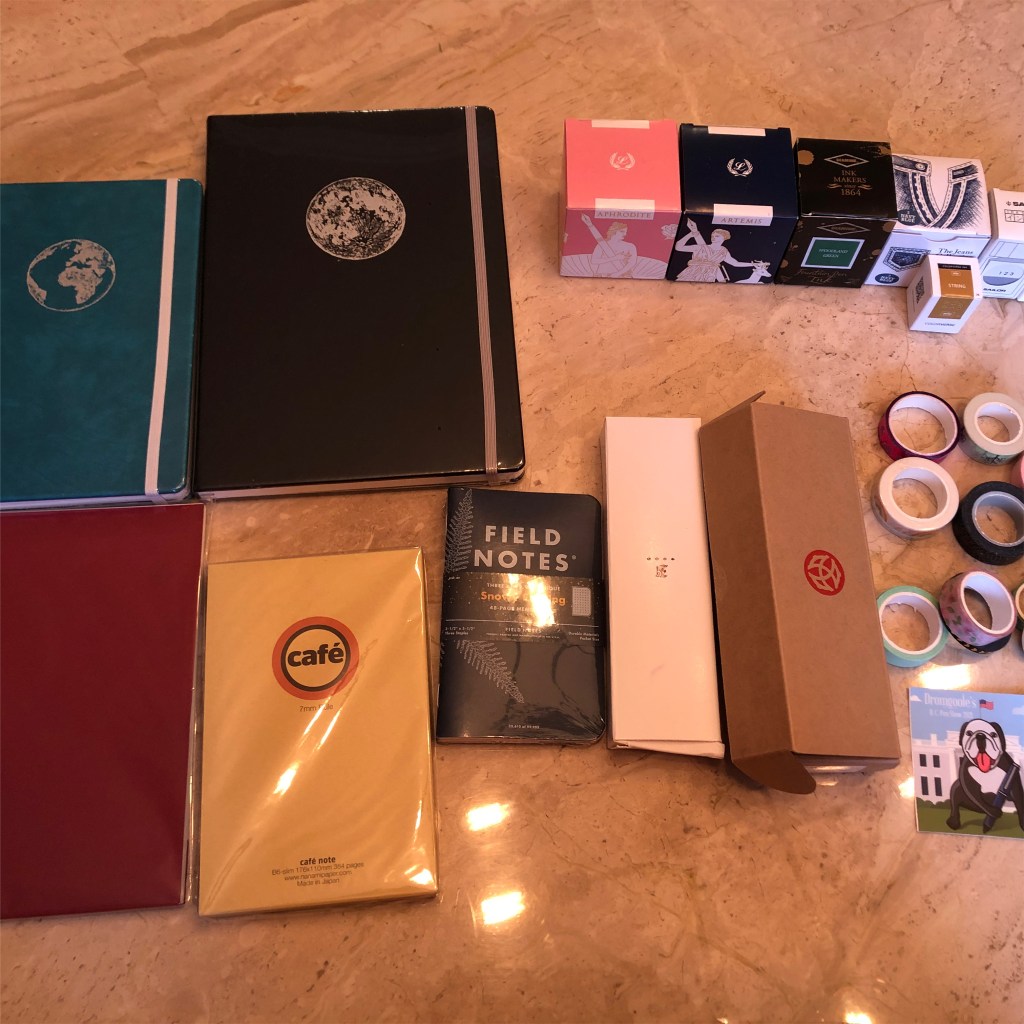
I’m very glad I was able to attend the DC Pen Show. It almost felt like the world was going back to normal, though Delta is now upon us. Pen shows are the best way to try out new pens and inks, as well as interact with other stationery fanatics!



